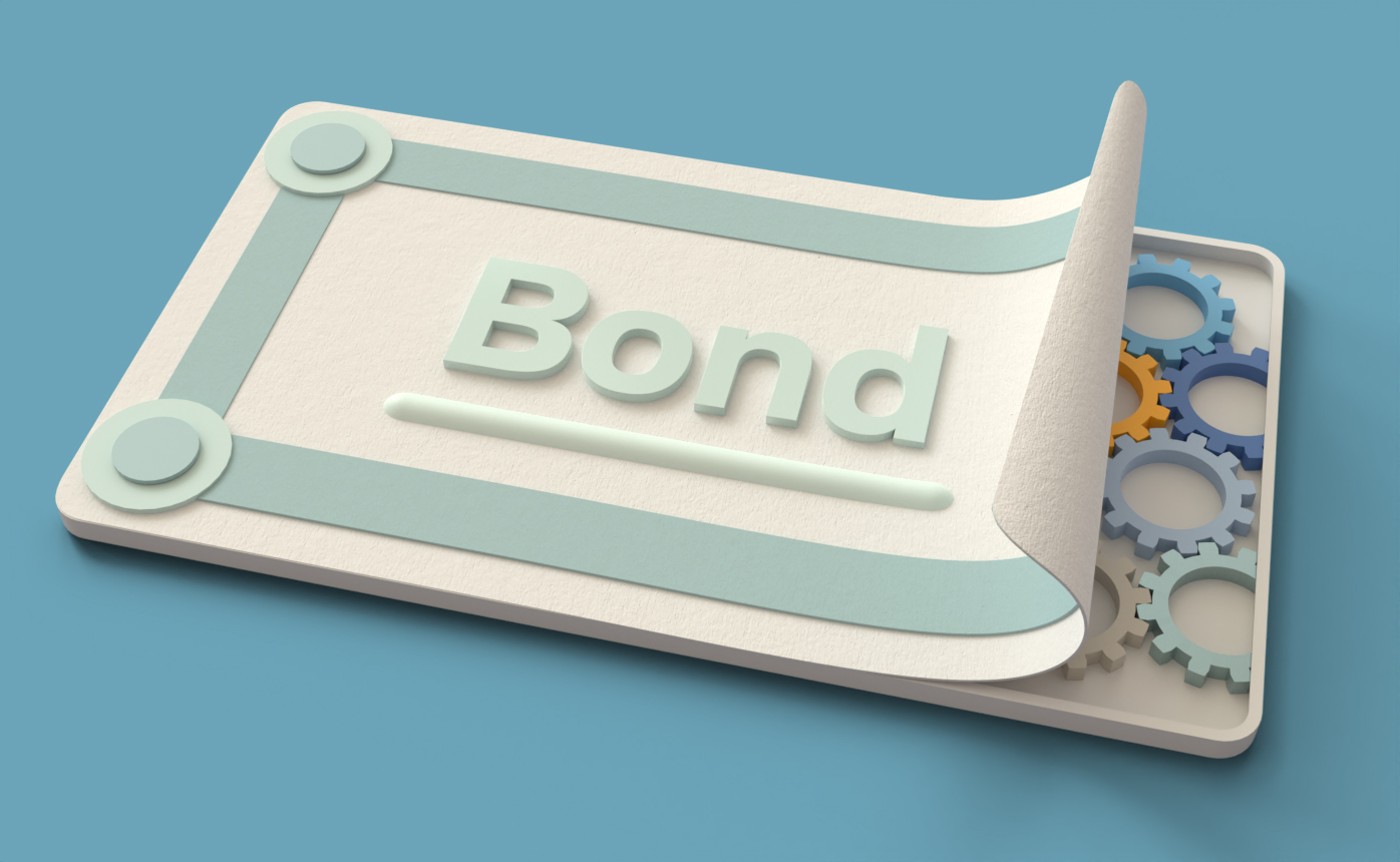
In determining the health or a stock or options markets, open interest is as important as price. This is the ratio of active trades and active contracts. This information can be used to identify outstanding contracts and liquid options. It is also a useful indicator of market sentiment.
Open interest can either be measured on a large scale as the total amount of active contracts during a given period or on a smaller scale as the number open contracts for specific options types. It is also an indicator of market activity. It may indicate a lack in liquidity if the market has a small number of active contract. Conversely, traders might feel more confident about market direction if there are more active contracts. Because traders are more likely be able to fill orders at good prices,

To get a complete picture of market activity, open interest is often combined to other statistics, such as trading volume. This can help to understand the money flow in stock markets. This is also an indicator of a trend change. Open interest alone is not enough to make a good decision. You should also consider the amount of open interest change, trades executed on that day, as well as whether the change was caused by the opening of an option contract.
In predicting the end of a trend, open interest can also be useful. High open interest could indicate that many people are looking for options to buy and sell. This could be a sign of a lower price period. High open interest can also signal panic selling. A large change of open interest can also be a sign that there is an active secondary market. This will increase chances that option orders will sell at high prices.
Although open interest is not the most up-to-date or most desirable indicator, it gives you an idea of the level of interest in a particular option. Open interest is useful for determining the flow of money into and out from the market. Open interest is useful for identifying overpriced or undervalued options. These are key factors to determine whether an investment is worthwhile. Open interest is a dynamic indicator that can change depending on the day and time of the week. You can use open interest in a number of ways. The best way to be accurate is to keep track over time. A good way to do this is to track open interest on a daily basis and compare the total to the previous day.

Open interest can be used to determine the number of active options. This is a simple calculation that is performed using data from the options markets. A significant change in the options prices may be indicated by the largest increase in open interest.
FAQ
Why is a stock called security.
Security is an investment instrument whose value depends on another company. It could be issued by a corporation, government, or other entity (e.g. prefer stocks). The issuer can promise to pay dividends or repay creditors any debts owed, and to return capital to investors in the event that the underlying assets lose value.
How are securities traded?
The stock exchange is a place where investors can buy shares of companies in return for money. Shares are issued by companies to raise capital and sold to investors. Investors then sell these shares back to the company when they decide to profit from owning the company's assets.
Supply and demand are the main factors that determine the price of stocks on an open market. The price rises if there is less demand than buyers. If there are more buyers than seller, the prices fall.
You can trade stocks in one of two ways.
-
Directly from the company
-
Through a broker
What is a "bond"?
A bond agreement is an agreement between two or more parties in which money is exchanged for goods and/or services. It is also known simply as a contract.
A bond is usually written on a piece of paper and signed by both sides. The document contains details such as the date, amount owed, interest rate, etc.
The bond is used for risks such as the possibility of a business failing or someone breaking a promise.
Bonds are often used together with other types of loans, such as mortgages. This means that the borrower must pay back the loan plus any interest payments.
Bonds can also raise money to finance large projects like the building of bridges and roads or hospitals.
When a bond matures, it becomes due. The bond owner is entitled to the principal plus any interest.
Lenders are responsible for paying back any unpaid bonds.
Statistics
- Individuals with very limited financial experience are either terrified by horror stories of average investors losing 50% of their portfolio value or are beguiled by "hot tips" that bear the promise of huge rewards but seldom pay off. (investopedia.com)
- For instance, an individual or entity that owns 100,000 shares of a company with one million outstanding shares would have a 10% ownership stake. (investopedia.com)
- The S&P 500 has grown about 10.5% per year since its establishment in the 1920s. (investopedia.com)
- Ratchet down that 10% if you don't yet have a healthy emergency fund and 10% to 15% of your income funneled into a retirement savings account. (nerdwallet.com)
External Links
How To
How to Invest in Stock Market Online
Stock investing is one way to make money on the stock market. There are many ways to do this, such as investing through mutual funds, exchange-traded funds (ETFs), hedge funds, etc. Your investment strategy will depend on your financial goals, risk tolerance, investment style, knowledge of the market, and overall market knowledge.
To be successful in the stock markets, you have to first understand how it works. This involves understanding the various types of investments, their risks, and the potential rewards. Once you've decided what you want out your investment portfolio, you can begin looking at which type would be most effective for you.
There are three main categories of investments: equity, fixed income, and alternatives. Equity refers to ownership shares of companies. Fixed income is debt instruments like bonds or treasury bills. Alternatives include commodities like currencies, real-estate, private equity, venture capital, and commodities. Each category has its pros and disadvantages, so it is up to you which one is best for you.
Once you figure out what kind of investment you want, there are two broad strategies you can use. One is called "buy and hold." You buy some amount of the security, and you don't sell any of it until you retire or die. Diversification, on the other hand, involves diversifying your portfolio by buying securities of different classes. For example, if you bought 10% of Apple, Microsoft, and General Motors, you would diversify into three industries. Buying several different kinds of investments gives you greater exposure to multiple sectors of the economy. This helps you to avoid losses in one industry because you still have something in another.
Risk management is another important factor in choosing an investment. Risk management can help you control volatility in your portfolio. If you are only willing to take on 1% risk, you can choose a low-risk investment fund. You could, however, choose a higher risk fund if you are willing to take on a 5% chance.
Your money management skills are the last step to becoming a successful investment investor. You need a plan to manage your money in the future. A good plan should cover your short-term goals, medium-term goals, long-term goals, and retirement planning. This plan should be adhered to! Don't get distracted with market fluctuations. Keep to your plan and you will see your wealth grow.